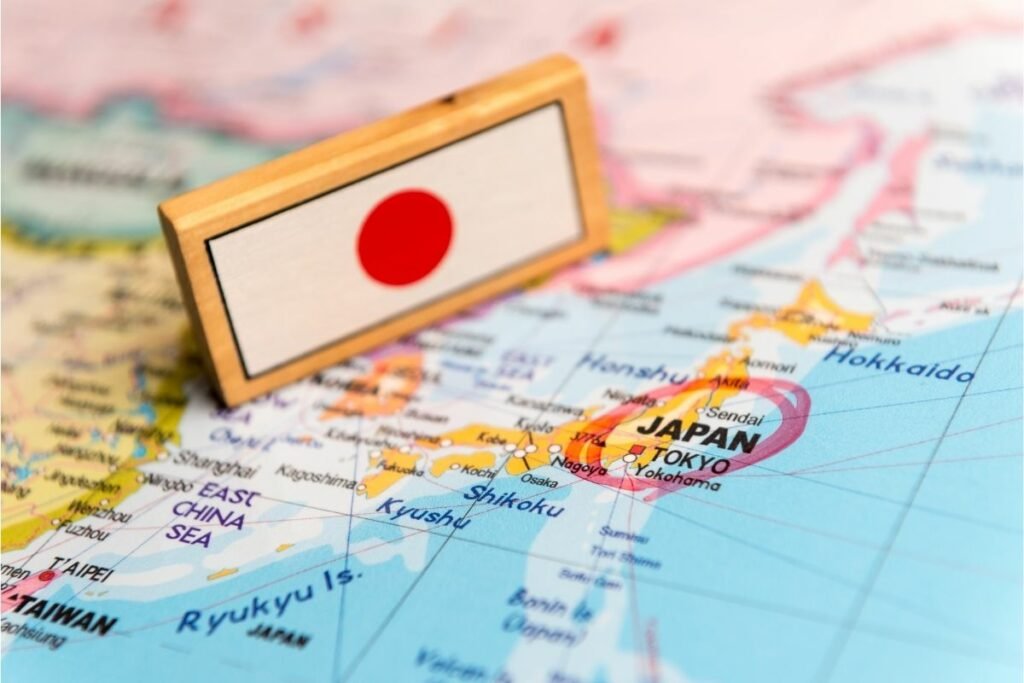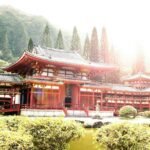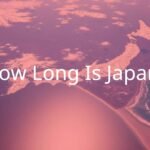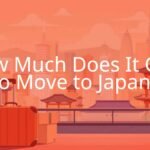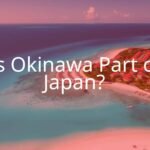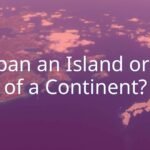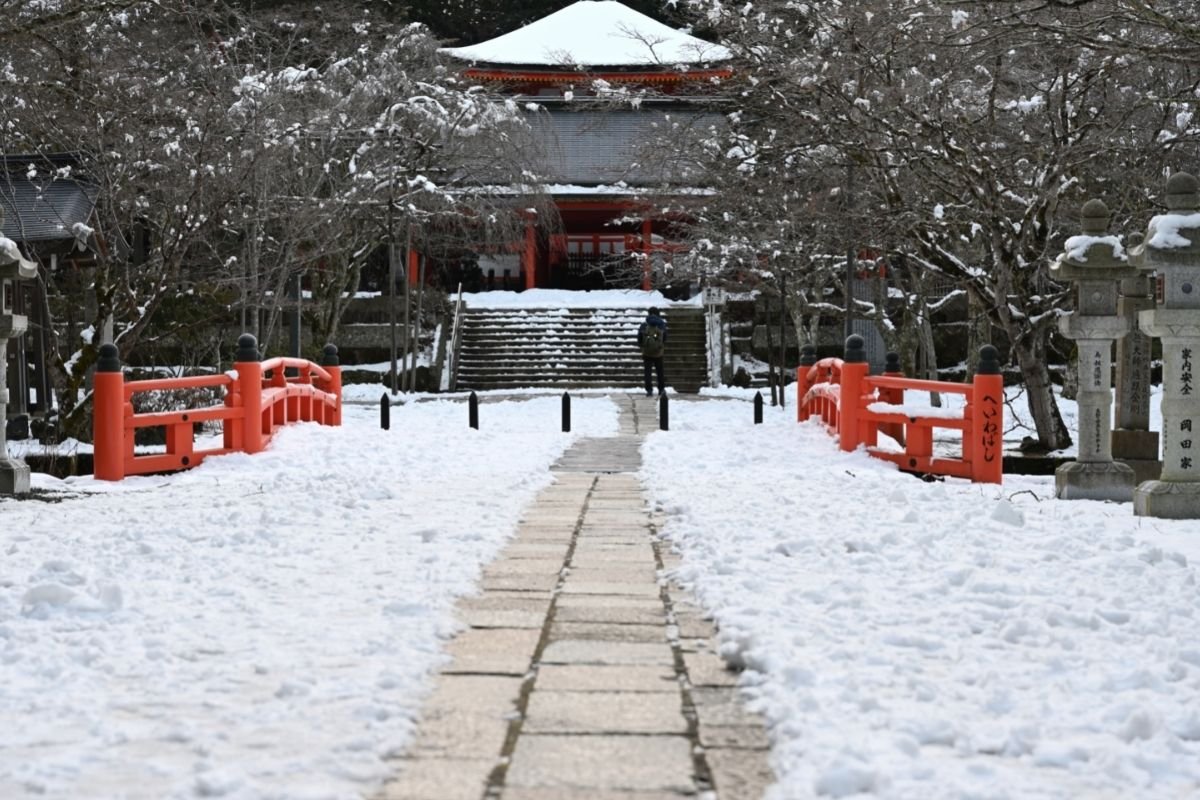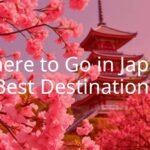You might have heard about the Japanese Archipelago which consists of Okinawa, Kyushu, Hokkaido, Shikoku and Honshu which form the five main islands of Japan, but did you know that there are even more?
Whilst these five islands include some of the well-known cities people like to visit which are still considered to be part of the mainland, there are close to 7,000 islands altogether in Japan.
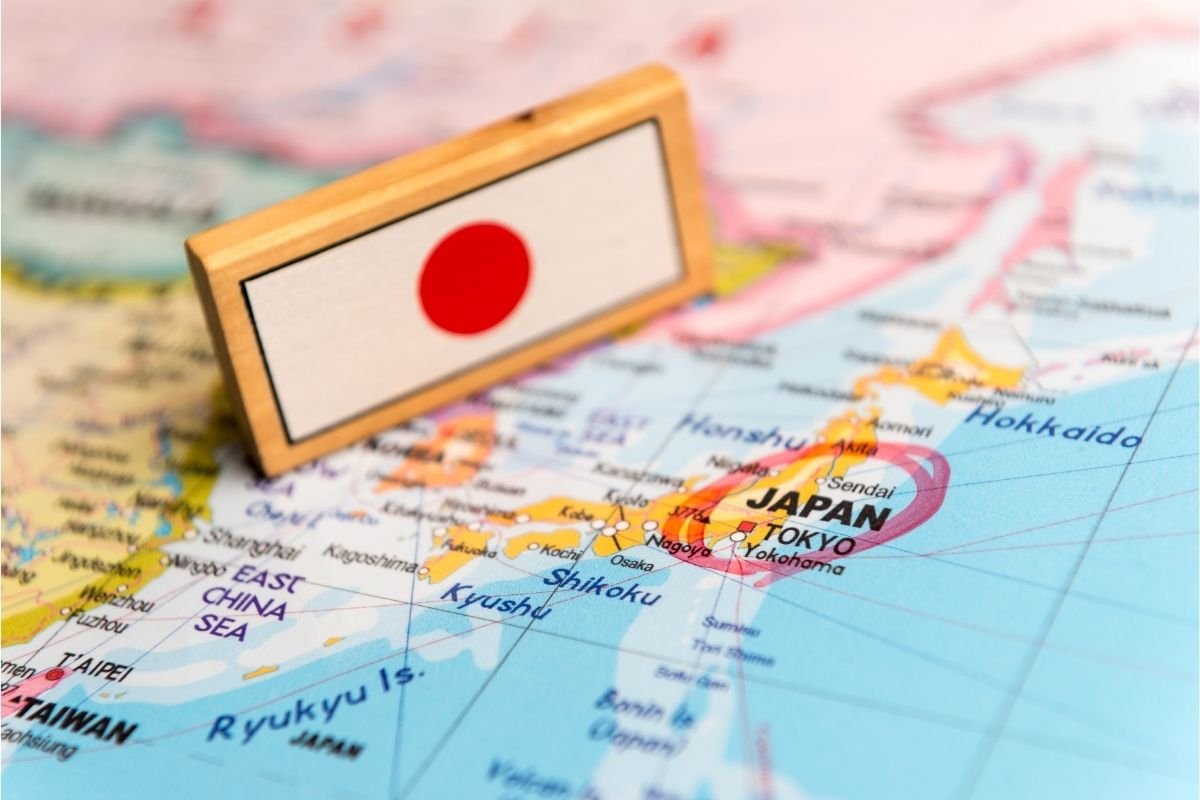
416 of these islands are said to be inhabited, whilst the rest are remote.
People have to take boats or a plane (if possible) to visit these remote islands. The reason people visit some of these places is because they provide an opportunity for a vacation.
For example, in the south there are islands which offer beaches (see also ‘Best Beaches In Japan‘) and a chance to relax in warmer climates, whilst there are some islands which are to the very north which are seen as more rustic, some are even in dispute with Russia! and offer something different.
With all this in mind, let’s take a look at the islands of Japan!
How to Define a Japanese Island
If you look around at different sources, the exact number of Japanese islands changes. According to the Statistics Office of the Ministry of Internal Affairs and Communications, they say there are about 6,852 islands.
That is because defining an island is a little more complex than one might think. An ‘Island‘, is an area of land protruding out from water. Islands can be found in bodies of water such as oceans, seas, lakes, rivers, canals. https://www.britannica.com/science/island https://www.britannica.com/editor/The-Editors-of-Encyclopaedia-Britannica/4419
There are requirements to how much of an area of land surrounded by water counts as being an island – after all, if it has a tiny bit of connection to the mainland, it wouldn’t be classed as a lone island.
This means that Islands may come and go, however, in Japan, we do know that it is close to the 7,000 mark.
The Japanese Island Ecosystems
Each of the islands have their own ecosystems because Japan spans from the sub-tropical south to the continental and sub-arctic north, which makes Japan a very diverse place as a whole.
For example, Hokkaido is known for their swamps, mountains and sub-arctic terrain then there are the temperate forests and volcanic mountains of Honshu and the Okinawa sub-tropical mangroves.
Some of these islands have their own unique endemic ecosystems. There are places like the Iriomote island – otherwise known as the Galapagos of the East – which has protected species.
One of these is the Iriomote cat, a subspecies of the leopard. They are so protected because at present there is said to only be about 100 of them left.
The area itself is vastly covered in jungle-like areas, forests and mangroves across the coastal areas.
Gunkanjima the Abandoned Island
Hashima island, based close to Nagasaki, was a notable island which became a part of the industrialization period during the Meiji era.
Whilst many islands took part, this island – also known as Gunkanjima, or Warship Island – played a big role during this time.
There used to be coal mines based under the water which helped to create a densely populated area.
This declined rapidly once coal mining stopped being popular post-war. It is now an abandoned island, and is very famous.
It can be accessed via a quick ferry from Nagasaki, with guided tours available to those who are curious. In fact, the ruins and buildings make the island ghost-like. And are perfect for taking pictures.
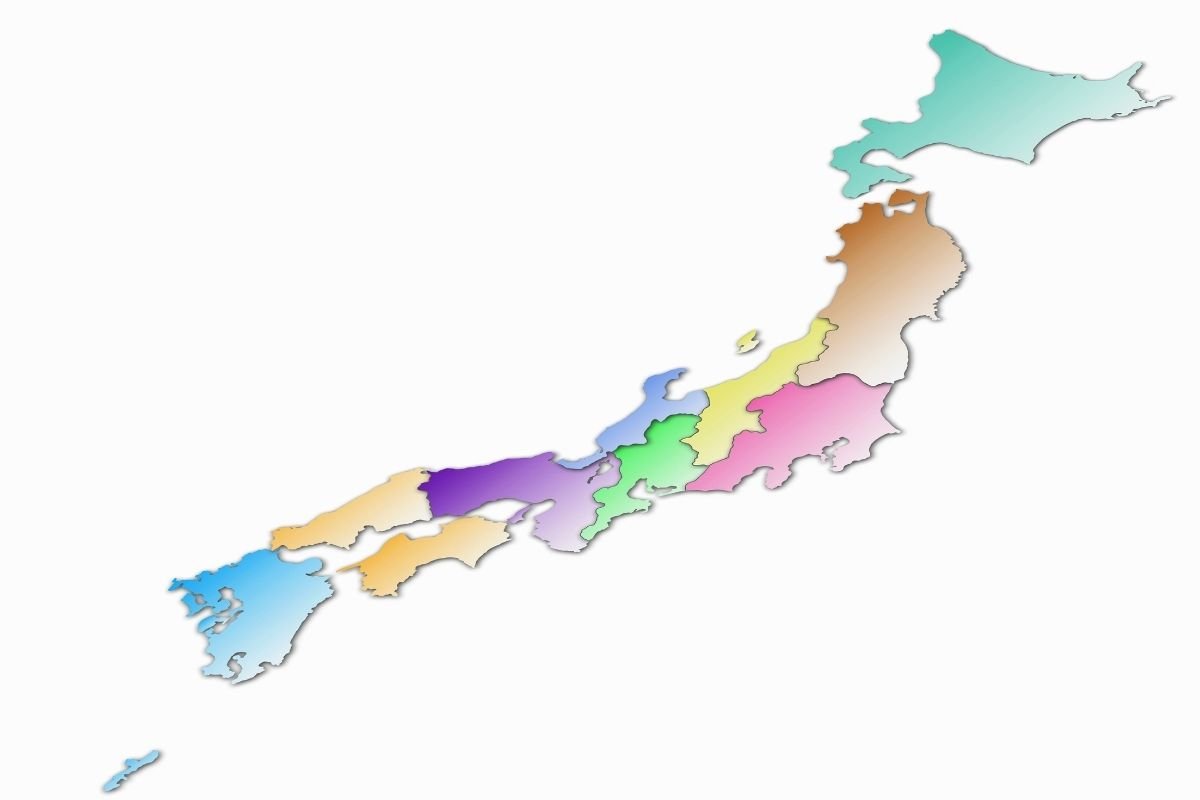
Odaiba the Artificial Island
The island of Odaiba is a stone’s throw away from Tokyo, and is seen as a futuristic area. It includes up-to-date technology, modern architecture, theme parks, museums on innovation and shopping centers.
Having been built in Tokyo Bay on a polder, it is accessed by a swirly and high up bridge known as Rainbow Bridge – not to be confused with Mario Kart – or at least that is what the non-Japanese call it. Access is also by the Yurikamome or Rinkai train or Water bus from Hinode Pier.
It also has a beach (but swimming is forbidden) and restaurants, but it does become very busy with tourists throughout the summer (see also ‘Are There Any Beaches in Japan?‘).
The Five Main Islands
Let’s take a look at the five main islands of Japan’s Archipelago:
Honshu
Historically it was known as Hondo island, and it is the largest, most well known, main island of Japan. It is the island you will travel to, if you are planning a vacation to Tokyo, for example.
It includes many major areas such as Kyoto, Hiroshima, Yokohama and Osaka, just to name a few (see also’Do People Live in Hiroshima?‘). It also includes Japan’s highest mountain, Mount Fuji, and Lake Biwa, the largest lake in Japan.
Okinawa
Okinawa itself is also a prefecture consisting of other islands, though here we shall talk about the main island, also known as Okinawa Honto.
Most of the area has become urbanized, and is a very popular place to go. The only areas not like this are in the north where it is covered in tiny villages and forest.
There are a few war-related attractions on the island, as well as beaches where people go to relax away from the very busy city – especially Tokyo.
Kyushu
It’s the third largest island in Japan, located towards the southwest of Honshu. This island was a part of the early civilization of Japan, so it has a lot of historic monuments, but it also includes modern buildings and a natural landscape (Just how big is Japan? Read here to find out more).
Hokkaido
This island has harsh winters, with temperatures that fall below zero, and areas becoming frozen during snowfall.
People who love the outdoors travel to Hokkaido. It is one of the least developed of the islands, and is based in the north.
It is also a great place to go in the summer too, as it doesn’t get too humid or hot like other areas of Japan do.
There are many national parks to seek out, and is popular with snowboarders, cyclists, hikers and campers throughout the year.
Shikoku
Shikoku is the fourth largest in the collection of Japan’s islands, and literally translates to ‘Four Countries’. It also does in fact include four prefectures, keeping the name straight to the point.
It is tucked neatly in a large bay, surrounded by the main island of Honshu and smaller Island of Kyushu and includes the 88-temple Buddhist pilgrimage route, hot spring baths, mountain hiking, a lot of modern art, olives, castles and a dance festival.
Final Thoughts
Even though we know that there are islands that surround Japan, it can be difficult to comprehend just how many there are. With nearly 7,000, you wonder how they can count so many of them!
How many are you hoping to travel to when you next visit Japan?
- What Is a Maiko? - July 13, 2025
- What Does Domo Arigato Mean? - July 12, 2025
- What Does Naruto Mean? - July 12, 2025

